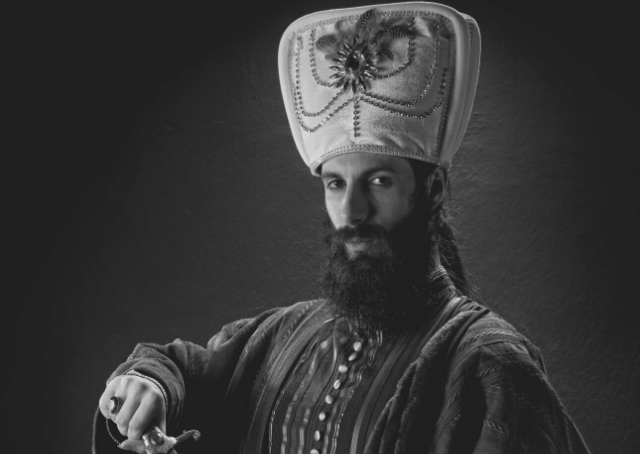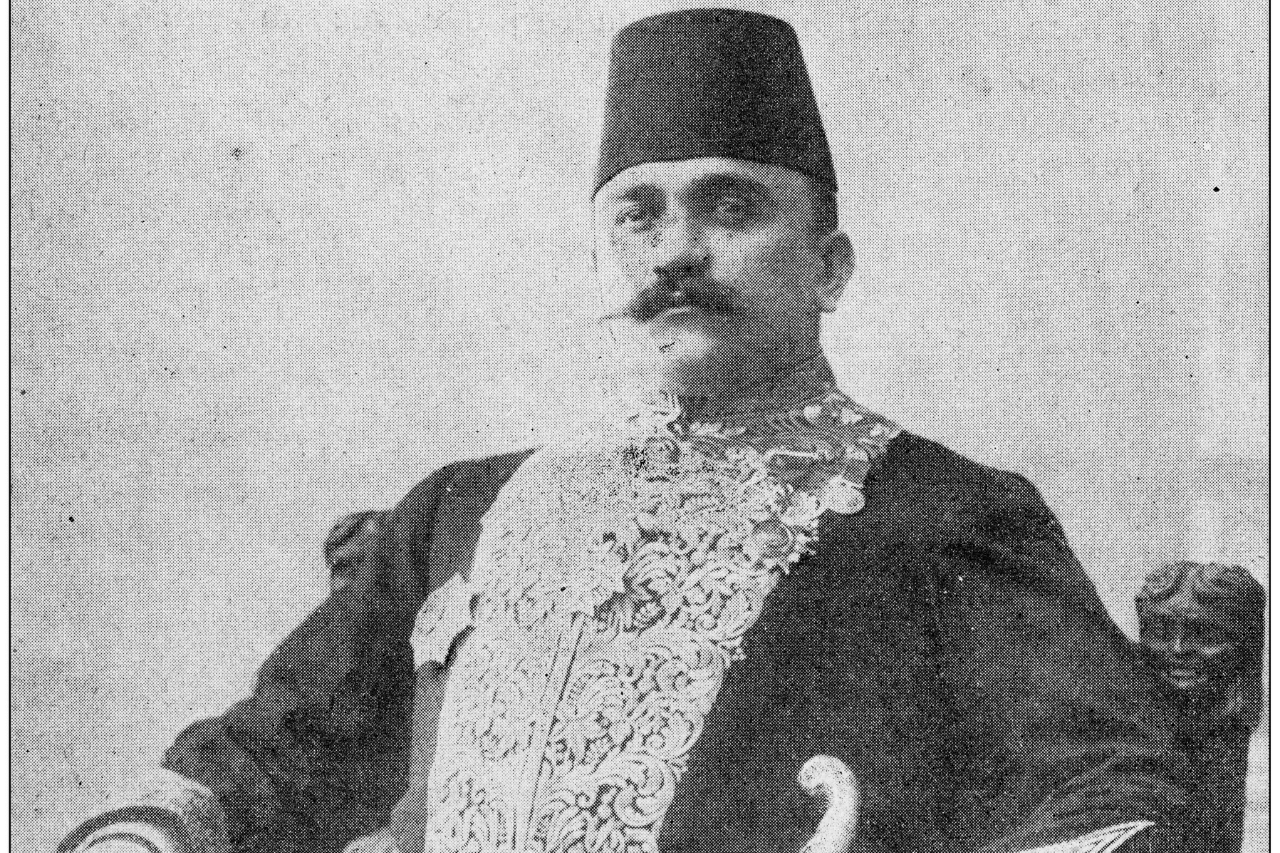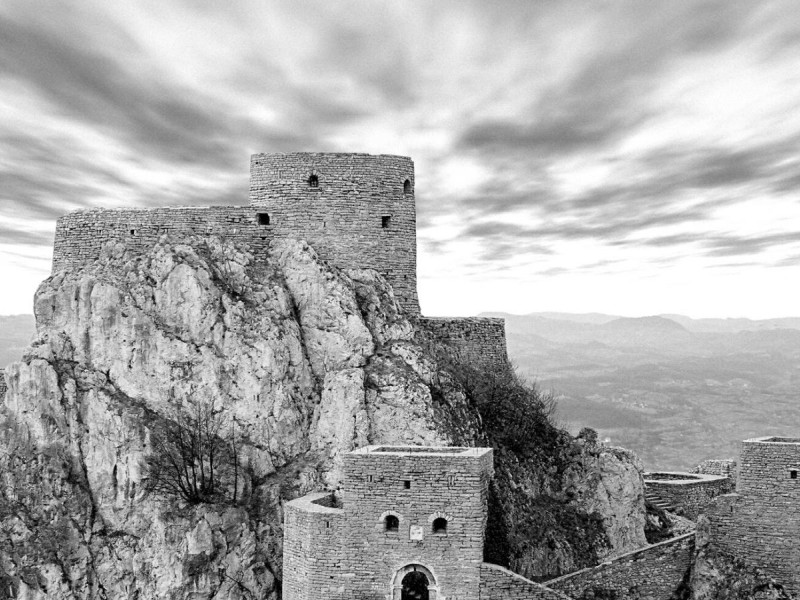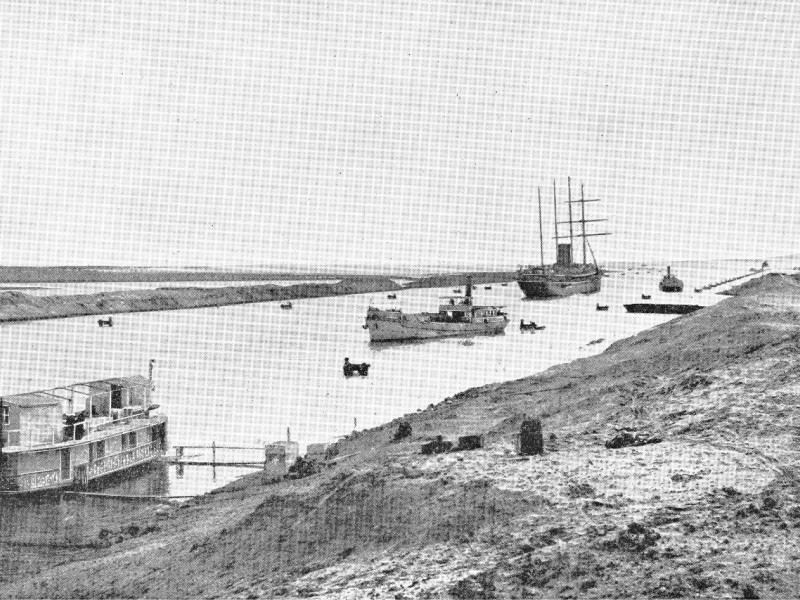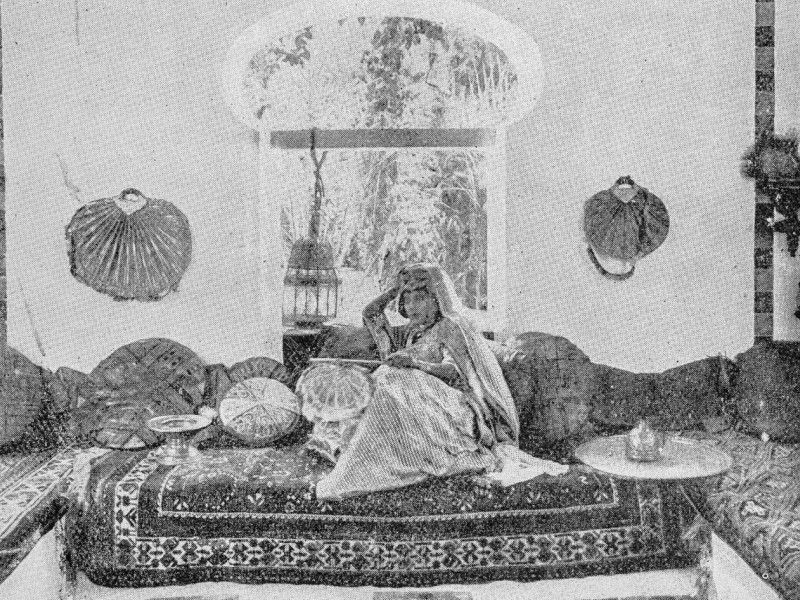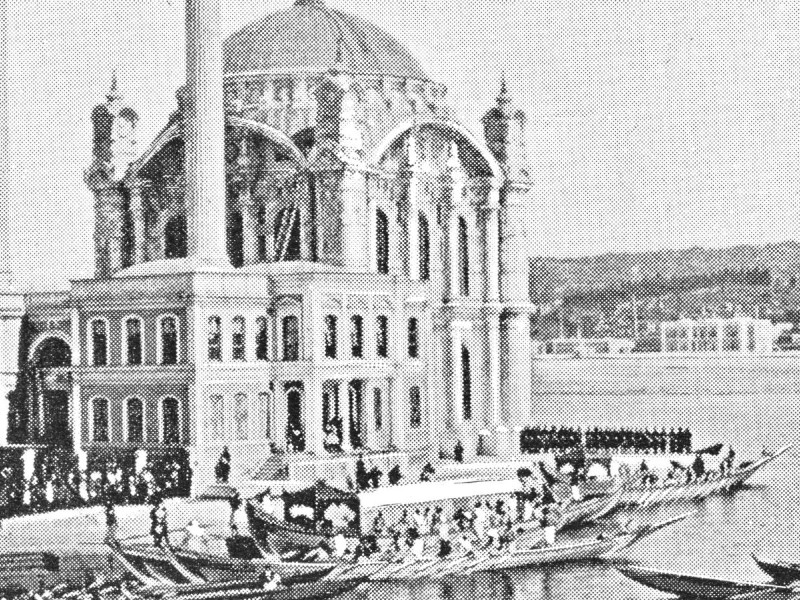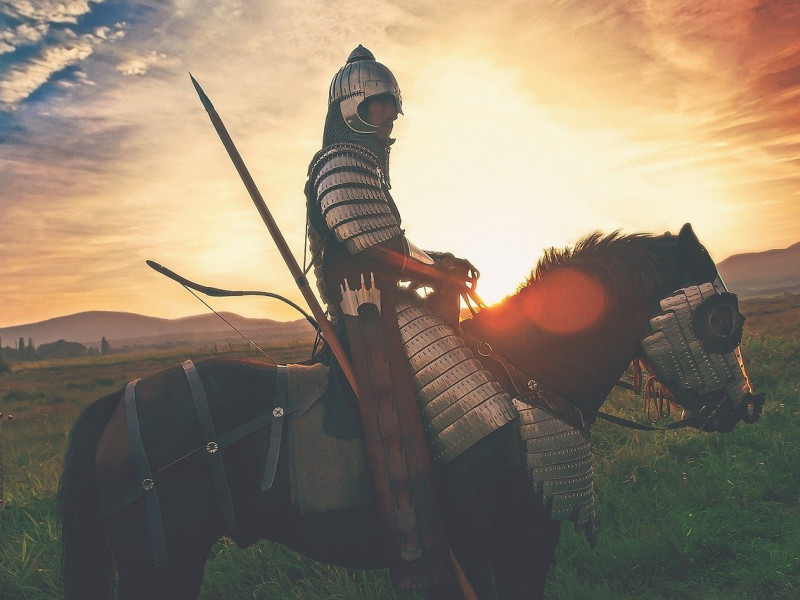The Beys: Original Rulers of the Ottoman Empire
The Beys were the first rulers of the Ottoman Empire. The provinces or regions which they controlled had the name beylik or governorate.
They equated to duchies in other areas of Europe. Each country gave its beys different scopes of power. The feminine form of Bey was Begum.
What Is a Bey?
The three initial rulers of the Ottoman Empire were the original beys. This honorific title is Turkic in origin, and it roughly translates to “chieftain.” It applies to people whose ancestors were the rulers of Turkic sultanates. These emirates, kingdoms, and empires were in South and Central Asia and the Middle East. People as far off as the Eurasian Steppe used the title too.
People in the former Ottoman countries still use Bey as an honorific title for men. Its usage is like that of “mister” or “sir” in Modern English. It has the meaning of “chieftain” only in the historical sense. Some Central Asian countries still use it in their naming customs. For example, you’ll find “bey” in some names from Kyrgyzstan, Kazakhstan, and Uzbekistan.
The ethnic designation “Uzbek” derives from Og Beg Khan’s name. Since “Beg” is a variation of “Bey,” it shows the word’s usage in entire ethnic groups and individual names.
The Ottoman State had started as one of a dozen Turkish Ghazi Beyliks. Then it grew from a beylik to an imperial sultanate. People started to apply the title to subordinate military and administrative officers. Beys were lower in rank than provincial governors and “pashas.” Yet, they were higher than “effendis.”
The chiefs of the former Ottoman capitals Edirne and Bursa both had the “Bey” designation. The title became somewhat devalued over time, and Bey became a courtesy title for a pasha’s son. Bey had become reduced in the Ottoman Empire to an honorary title by the late 19th century.
Lucy Mary Jane Garnett addressed Beys in her 1904 work Turkish Life in Town and Country. She wrote that “distinguished persons and their sons” could become Bey, and so could “high government officials.” It had taken on roughly the same meaning as “Esquire” in English. The Republican Turkish authorities abolished the title in the 1930s.
Bey Definition
“Bey” is a Turkish honorific title for men that’s also used in other parts of the Middle East. It follows the name rather than precedes it. Thus it’s Oguz bey rather than Mr. Oguz. The Random House Unabridged Dictionary has one of the simplest definitions.
According to Random House, it’s “a provincial governor in the Ottoman Empire.” The dictionary also lists it as a former title of respect for Turkish dignitaries. The third definition is a former title of the native ruler of Tunisia or Tunis.
Founder of the Ottoman Bey Empire: Sultan Osman Bey
Sultan Osman Bey was born sometime in the 13th century, but no one knows the precise date. He acquired control of the Turkish city of Sogut after his father died in 1280. Soon after, he started to expand his territory. He launched armed raids into nearby cities under the control of the Byzantine Empire. By 1299 Osman had his own small empire.
It is interesting to note that Osman rarely raided his neighbors in Turkey. He absorbed these territories bit by bit via marriage and land buying. Some neighboring territories became part of Osman’s growing empire of their own free will.
Osman gained his first significant victory in 1302. He faced a Byzantine army sent to stop his expansion. He led an army of 5000 men to the Plain of Bapheus to fight the Byzantines. He outnumbered the Byzantine army and gave them a sound thrashing.
Christians started to retreat from Anatolia and settled in the West. It marked a turning point for the empire creating the conditions for the region’s domination by the Ottomans.
Osman grew up in an era of guerilla-style attacks. Despite that, he was a great military strategist. His tactics have even influenced modern soldiers.
Osman listened to the recommendations of veteran generals and scouts and was careful when rationing food and supplies. He even dispatched engineers to create or fix roads and bridges before his raids.
Among Osman’s faithful followers was a fellow named Kose Mihal. Also known as “Michael,” Mihal was a Greek Christian who had revolted against the Byzantine Empire. He came to be one of Osman-Bey’s most important ambassadors. He later turned to Islam, a voluntary decision that had little to do with his allegiance to Osman.
Osman Bey During Ottoman Empire
The fledgling Ottoman Empire was Muslim in name. Yet, they remained tolerant of local religious beliefs and customs. Thus, they retained the support of the empire’s mixed population. By that time, Orthodox Christians had separated from the Roman Catholic Church. So the empire made Orthodox Christians feel especially welcome.
Ascetic dervishes were also welcome. They were able to ease tensions between Christian and Muslim citizens. This skill often won them major positions in the army.
Sheikh Edebali was one of these dervishes, and he was close to Osman. He’d been a close friend and advisor to Osman’s father. Some years later, Osman married Rabia Bala Hatun, Sheikh Edebali’s daughter.
Osman’s love story is the stuff of legend. The story goes that Osman asked Sheikh Edebali to marry Bala Hatun. The Sheikh’s initial response was to deny him. He went to his friend, the chief of Eskisehir, looking for solace. Sadly, his description of Hatun’s beauty drew the chief’s attention. The two became rivals for her affection.
He defeated the chief in battle but continued pining over Hatun for two full years. He returned to Sheikh Edebali’s home, and the Shiekh gave him shelter for the night. A Quran hung on the wall of his room. As a guest, it would have been inappropriate for him to remove it. Yet, he is reluctant to fall asleep in the presence of the Quran, so he strives to stay up all night.
He ended up falling asleep and had a dream that night. He dreamt that a moon leaves the Sheikh’s chest and leaps into his own. Then a tree sprouts from Osman’s heart and covers four mountains. The tree’s roots produce four rivers. In turn, the rivers lead to fields, then buildings, then cities. A crescent ascends, and the tree’s leaves lean toward Constantinople.
To Sheikh Edebali, the dream was a sign. He believed that Osman would become famous and bring glory to Islam. He gave Osman his daughter’s hand in marriage. Poets first recorded the account of Osman’s dream more than a hundred years after he died, and so did Ottoman historians.
It may have no basis in reality. Yet, it embodies the fanciful stories that the Ottoman poets invented about him. It was an important part of the folklore of the Ottoman Empire.
The Ottoman Dynasty
Osman seized the City of Bursa in 1326, his last military victory. The Ottomans routed the Byzantine army, which was in the midst of a civil war. They were so inexperienced with sieges that it took the Ottomans almost a decade to gain the victory.
Osman was too old and infirm to take in the battle by the time Bursa fell. He was near death at the time, and in his will, he requested burial “beneath the silver dome at Bursa.” In some stories, the last thing he heard before dying was the news of the victory.
As with the Battle of Bapheus, Bursa was a formative victory for the Ottoman Empire. It gave them a stronghold. They could now spread the empire toward Constantinople. It also proved that they could seize and hold large cities.
Osman Bey had a son, Orhan, from another wife,Malhun Hatun. That son inherited the Ottoman Empire after Osman died in 1326. He was the first person in Osman’s line to take the “Sultan” title. When he gained the throne, Orhan moved the capital of the empire from Sogut to Bursa.
Rabia Bala Hatun also bore a son, whose name was Alaedinn Pasha. Osman gave Alaedinn the highest official position, that of Grand Vizier, in 1323. Alaedinn continued to be Grand Vizier even after Orhan took the throne.
It’s not clear which son was older. Whatever the case, it appears that Alaedinn held the role of Grand Vizier with grace. He backed his brother’s ascent to the throne. He continued to be Orhan’s advisor, and for his loyalty, his brother gave him control of the City of Fodra. The brothers stayed close to each other during their lives. They are buried together in Orhan’s tomb in Bursa.
The name “Ottoman Empire” derives from an Anglicisation of the word “Osman.”
Beys Outside the Ottoman Empire
The Turkish Bey is the best known. Still, the other nations that separated from the Ottoman Empire could maintain a similar office. It ranked lower than pasha in the Sudan and Egypt under the dynasty of Muhammad Ali. It was also a courtesy title for a pasha’s son.
The virtual sovereign in the “regency” states of North Africa was “Bey” even much earlier. The Husanid Dynasty in Tunis used an entire series of styles for the title. It started with the designation “Bey” used by itself. This designation became part of a ruler’s territorial title. All the male family members used it.
There was also Bey al Mahalia, which meant “Bey of the Camp.” That title went to the next senior member of the Beylical family or the heir to the throne. The reigning prince was the Bey of the Throne.
The “Bey of the Table” or Bey al Taula was the Heir Presumptive. The Beylical family’s eldest prince held this title. He was next in line to the Bey al Mahalia.
The formal administrative rank of the Algiers’ ruler was that of “Beylerbeyi.” It translated to “Lord of Lords.” Rulers in some parts of the Balkans also used that title. It denoted their proper position as Ottoman Governor-General within the Turkish empire. The Safavid Empire also used this title.
The Turkish Sultan also awarded the title to Oloye Mohammed Shitta. This conferral happened in the final years of the Ottoman Empire. Shitta was a Yoruba merchant prince from Nigeria in West Africa. He was a high-ranking member of the community of Muslims in Lagos.
Shitta and his descendants became known in that city by the last name Shitta-Bey. This tradition continues even today by the descendants of the line. The lord who governed the region known as Mani Peninsula were beys in the Ottoman period. An example is Petros Mavromichalis, whom people also refer to as “Petrobey.”
The beyliks of other beys rose to statehood. An example is the Ottoman district of Qusantina. This district has fallen under the Algiers regency since 1525. The last bey there was Ahmed Bey Ben Mohammed Cherif. The local Kabile population maintained the title when they declared independence in 1826. They even kept it after France captured the region in 1837. It remained until Algeria incorporated the area in 1848.
Several Turkic states also use Bey, or some variation of it, as a noble title. One example is Bak in Kazan, a Tatar Khanate, the administrator of a Beylik known as Baklek. The Emirate of Bukhara, Uzbek Khanate of Khiva, and the Khanate of Kokand referred to their beys as “beks.” These were local administrators of provinces, which they called “bekliks.” Then there were the Balkar princes, or “taubey,” who lived in the North Caucasus highlands. “Taubey” means “mountainous chief.”
In some cases, the title-holder was a regional vassal in a khanate, for example, the zuzes who served under the Kazakh’s Khan. Baig, Beg, or Bai are variations still used in family names or parts of names in Central and South Asia.
This tradition also survives in the Balkans. You can see it used together with Slavic suffixes such as -ovic/-ovi/-ev. In Slavic-influenced names, these suffixes mean “son of.” Examples are Izetbegovic, Kurbegovic, or Abai Kunanbaev.
Members of the Moorish Orthodox Church and the Moorish Science Temple of America also use the title as an honorific.
In India, some of the Urdu-speaking people use it in a colloquial sense to mean “man” or “chap.” It isn’t a very respectful term there, and calling someone “bey” can lead to a fistfight.
Conclusion
It’s clear that it was a great honor to be a Bey during Ottoman empire. Even now, the title still holds some weight in many parts of Europe, with its influence extending as far south as Nigeria.
